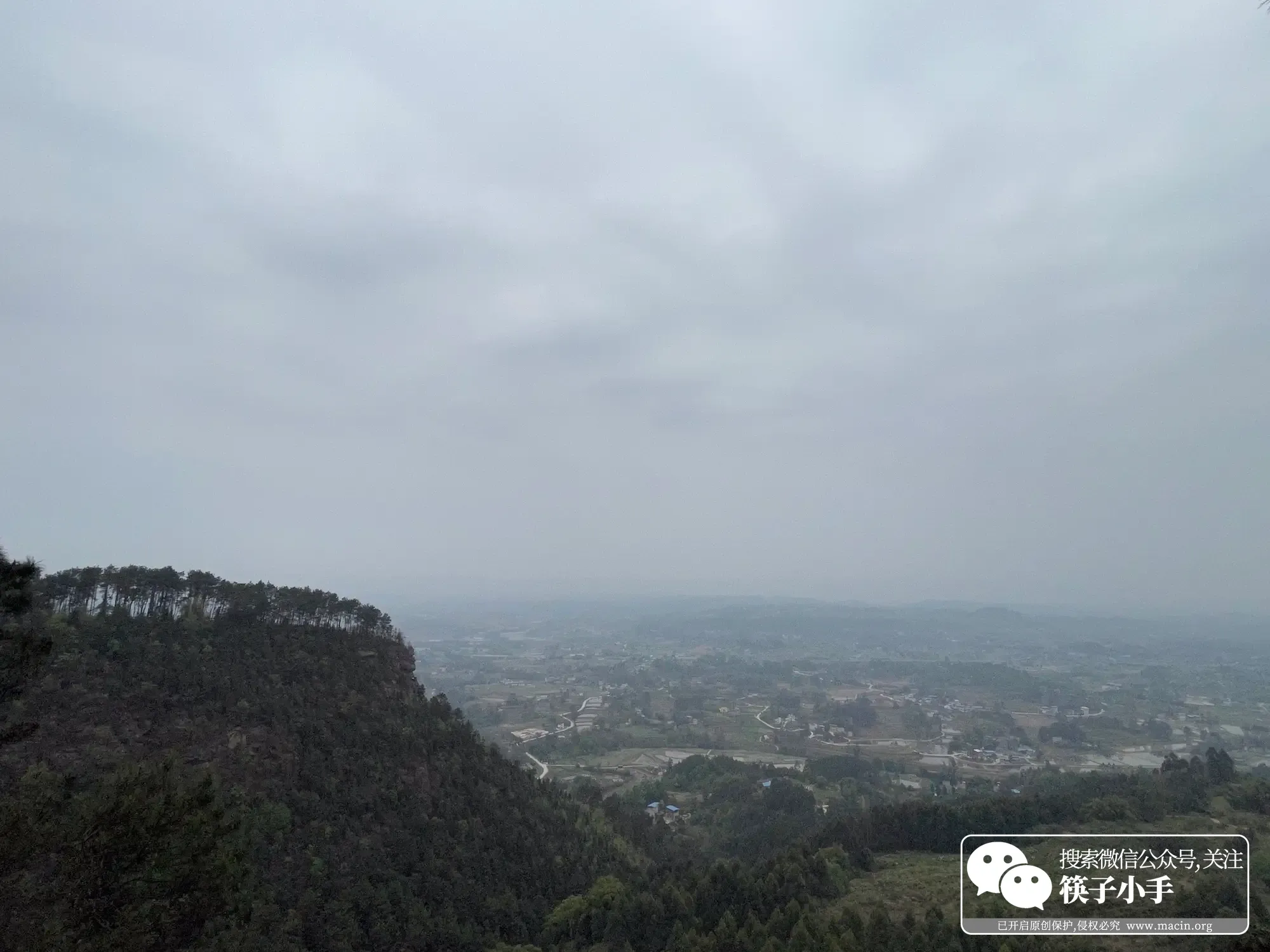Original link: https://macin.org/2023/05/14/huang-gua-shan/
This is actually our second time here. Cucumber Mountain in Yongchuan got its name because it looks like a cucumber from a bird’s-eye view, not because it is rich in cucumbers. Coincidentally, the rich fruit here is pears, which has the reputation of “Chinese pear village”.

It was the first time I came here to visit and study for work reasons. At that time, I learned about the successful experience of industrial development, rural revitalization, agricultural tourism and other aspects here. What shocked me the most was that this place used to be a place for oil extraction. Comrade Deng Xiaoping also inspected it .
According to the “Yongchuan County Chronicle” of the Qing Dynasty, the original name of Cucumber Mountain was Lulong Mountain, and the mountain range could continue to Luzhou. Because the mountain was shaped like a big melon, it was also named Wanggua Mountain. Finally, because the local population had a similar pronunciation of “Wang” and “Huang”. , So it was called Cucumber Mountain.
The well-known Daqing Oilfield was discovered in 1959 and formally exploited in 1963. As early as 1957, experimental mining was carried out here. Because Deng was in charge of the oil industry at that time and happened to be in Chongqing, so in the past 58 years, Cucuma Mountain has been inspected. oil exploration team. This is why there is a statue of Deng Gong at the gate of Zhonghuali Village. The bad news is that oil was not exploited on a large scale, but the good news is that natural gas continued to flow. The first gas pipeline laid in the entire Sichuan Basin is on Cucumber Mountain.
Now when you come to Cucumber Mountain, you can still see some traces of oil and natural gas exploitation in those years. When young people today talk about Cucumber Mountain, they probably refer to the homestays on the mountain and the parent-child picking project developed. Not many people should know the history of Deng Gong here. And what Little Chopsticks wants to share with you is the lesser-known “Half-mountain Cliff Residence”.

Do you think the name “Banshanyaju” is very elegant?
It turns out that there is a place called Heishibao on Cucumber Mountain. It is close to the cliff but has rich vegetation. You can see a grotto along a small road halfway up the mountain. The hole is very narrow, I guess to prevent outsiders from entering.

It is very open inside, and compared with the cave I visited in Beibei, Chongqing last time (refer to the article “Yanghetang: The Secret of Beibei’s Back Garden” ), the conditions here are even better. Because there is “running water” and window sills! After entering the cave, it was pitch black, and we really couldn’t see our fingers. Because we don’t have a professional flashlight, turning on the flashlight of the mobile phone is almost useless.
The cave has a total area of 700 square meters. According to different functions, it is divided into more than a dozen rooms, large and small. There are kitchens and water tanks, and the traces of life can be clearly seen. Walking into the deepest room of the stone house, we found that “tick tock” was dripping water on the top of the stone wall. The running water converges to the edge of the stone wall, flows to the “hall” along a dug channel, and becomes the “tap water” in this cliff cave.
After solving the water source problem, living in the cave for ten and a half months is no longer a problem. Some rooms in the cave are not illuminated, some have narrow lookouts, and some have a balcony. I laughed and said this must be the master bedroom. This “balcony” has an excellent view. Standing on the “balcony”, you can have a panoramic view of the surrounding environment.





Now there is a stele of cultural protection here, and although there is a written introduction on a cliff, it is unclear. Later, some information was checked, and it was said that the cave was built in the third year of Tongzhi in the Qing Dynasty (1864), with a history of more than 150 years. At that time, due to the turmoil in the current situation and the rampant banditry, in order to prevent bandits, nine local big families raised funds and hired people to dig out nine rooms of different sizes from the cliff for one year to live in.
I saw a big brother from Sichuan at Station B before. He used an electric drill on the rock wall for more than two years to carve out a three-bedroom and one living room on the rock wall. You should be able to find the video by searching for “Brother Hu chisels a mansion on a stone wall” on Baidu. Come back and look at Cucumber Mountain. It is quite difficult to excavate such a large area of stone houses without machinery.

Maybe there were indeed a lot of bandits at that time. The whole country was very turbulent in the late Qing Dynasty and early Republic of China.
Coming out of this cliff dwelling ruins and preparing to go down the mountain, we passed a pear orchard, and the pear trees are dwarf varieties that have been bred. It can be imagined that in March of Yangchun, ten thousand acres of pear blossoms here are fragrant, and the spring is brilliant. Did the common people who escaped from the troubled times and bandits ever imagine that their hometown would be so fragrant with birds and flowers?

This article is reproduced from: https://macin.org/2023/05/14/huang-gua-shan/
This site is only for collection, and the copyright belongs to the original author.